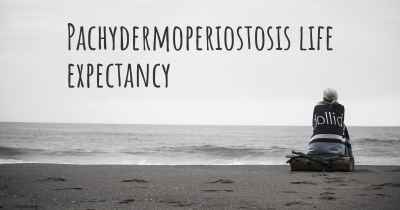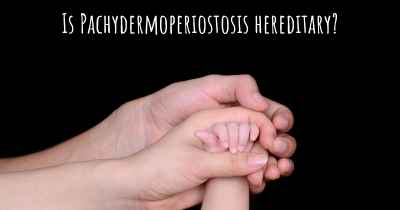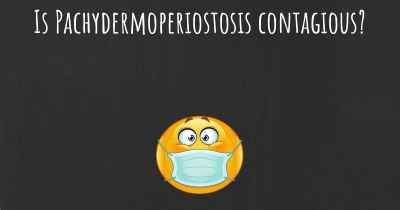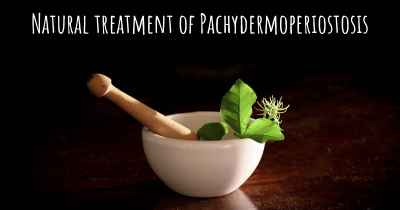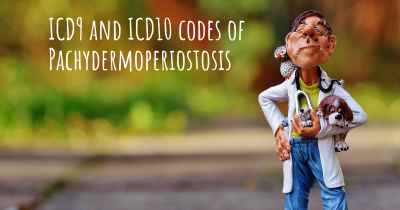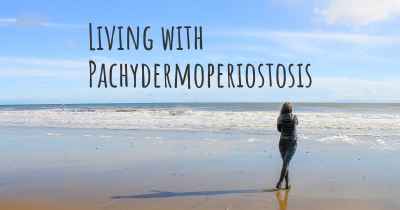Which are the symptoms of Pachydermoperiostosis?
See the worst symptoms of affected by Pachydermoperiostosis here
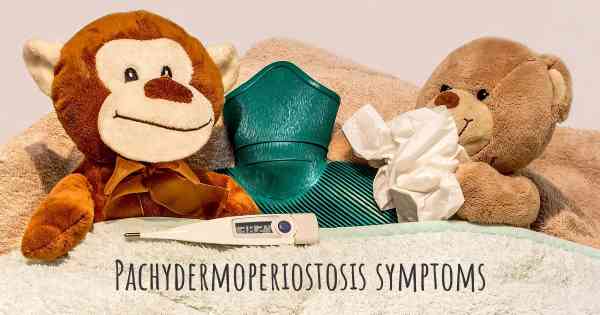
Pachydermoperiostosis, also known as primary hypertrophic osteoarthropathy (PHO), is a rare genetic disorder that affects the skin, bones, and joints. It is characterized by thickening of the skin, enlargement of the bones, and joint pain. The condition primarily affects males, with symptoms typically appearing during adolescence or early adulthood.
Skin Symptoms:
One of the hallmark symptoms of pachydermoperiostosis is thickened skin, which gives the affected individuals a coarse and leathery appearance. This thickening usually occurs on the face, especially around the forehead, eyelids, and cheeks. The skin may also become oily and sweaty, leading to acne and excessive sweating.
Bone and Joint Symptoms:
Pachydermoperiostosis causes abnormal bone growth, resulting in enlargement of the long bones, such as the fingers, toes, and limbs. This leads to clubbing of the fingers and toes, where the tips become bulbous and the nails curve around them. Joint pain and swelling are common, particularly in the wrists, knees, and ankles. The joints may also become stiff and limited in movement.
Other Symptoms:
Individuals with pachydermoperiostosis may experience additional symptoms, including excessive hair growth (hypertrichosis), especially on the face and limbs. They may also have a deepened voice due to vocal cord thickening. Some individuals may develop eyelid swelling and drooping (ptosis) or experience vision problems.
Associated Conditions:
Pachydermoperiostosis is often associated with other conditions, such as congenital heart defects, gastrointestinal abnormalities, and thyroid disorders. These additional conditions can vary in severity and may require separate medical management.
Diagnosis and Treatment:
Diagnosing pachydermoperiostosis involves a combination of clinical evaluation, medical history assessment, and imaging studies, such as X-rays and bone scans. Genetic testing may also be performed to identify specific gene mutations associated with the condition.
While there is no cure for pachydermoperiostosis, treatment focuses on managing the symptoms and improving quality of life. Nonsteroidal anti-inflammatory drugs (NSAIDs) may be prescribed to alleviate joint pain and reduce inflammation. In some cases, surgical intervention may be necessary to correct bone deformities or relieve pressure on affected joints.
Prognosis:
The prognosis for individuals with pachydermoperiostosis varies depending on the severity of symptoms and associated conditions. With appropriate management, including pain relief and supportive care, most individuals can lead relatively normal lives. Regular follow-up with healthcare professionals is essential to monitor the progression of the disease and address any complications that may arise.
